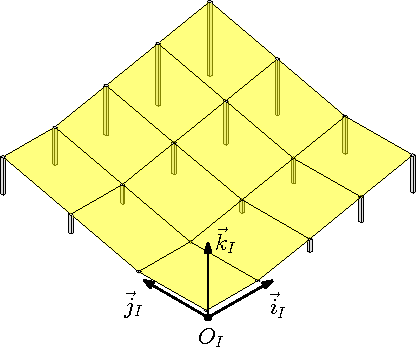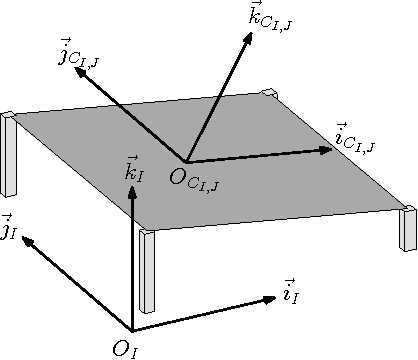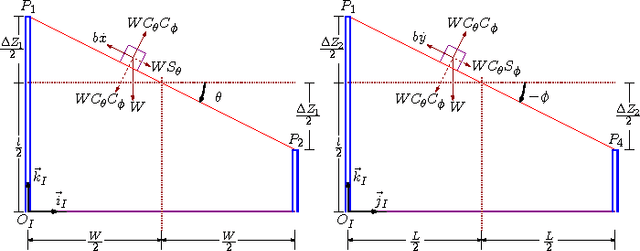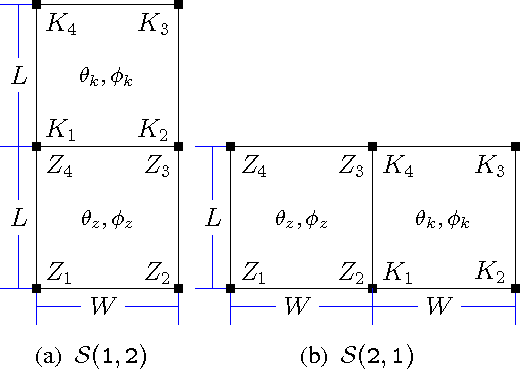Dynamic Endpoint Object Conveyance Using a Large-Scale Actuator Network
Paper and Code
Apr 15, 2016



Large-Scale Actuator Networks (LSAN) are a rapidly growing class of electromechanical systems. A prime application of LSANs in the industrial sector is distributed manipulation. LSAN's are typically implemented using: vibrating plates, air jets, and mobile multi-robot teams. This paper investigates a surface capable of morphing its shape using an array of linear actuators to impose two dimensional translational movement on a set of objects. The collective nature of the actuator network overcomes the limitations of the single Degree of Freedom (DOF) manipulators, and forms a complex topography to convey multiple objects to a reference location. A derivation of the kinematic constraints and limitations of an arbitrary multi-cell surface is provided. These limitations determine the allowable actuator alignments when configuring the surface. A fusion of simulation and practical results demonstrate the advantages of using this technology over static feeders.
 Add to Chrome
Add to Chrome Add to Firefox
Add to Firefox Add to Edge
Add to Edge